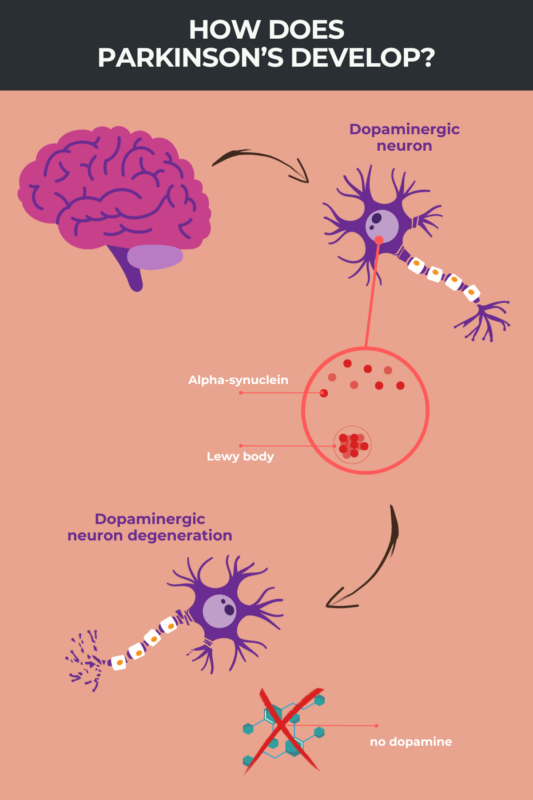
FAQs about Parkinson’s disease
In the early stages of Parkinson’s, the symptoms are generally mild and don’t cause major problems with daily life. Motor symptoms usually affect just one side of the body in early stages of Parkinson’s. Some common early signs of Parkinson’s include tremor, arms not swinging normally while walking, loss of smell, and acting out dreams during sleep.
Parkinson’s disease can affect many areas of the body. The disease is marked by motor symptoms that include slowed movement, rigidity, tremor, and balance problems. Parkinson’s also can cause a range of other issues including sleep problems, cognitive difficulty, constipation, loss of smell, and sexual dysfunction.
Parkinson’s disease is the second-most common neurological disorder after Alzheimer’s disease. It’s estimated that about 10 million people worldwide are living with Parkinson’s and the disease is thought to affect roughly 1% of adults older than 65.
Parkinson’s disease itself is generally not fatal, but it can increase the risk of life-threatening problems like serious falls or pneumonia. Life expectancy for most people with Parkinson’s disease is comparable to the general population.
 Fact-checked by
Fact-checked by 




